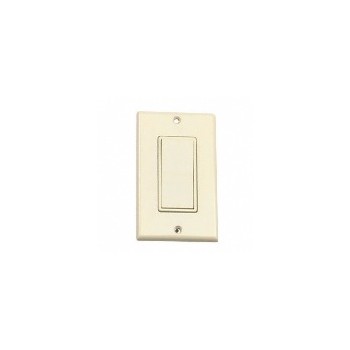


Toggling the switch disconnects one "traveler" terminal and connects the other.Įlectrically, a typical "3-way" switch is a single pole, double throw (SPDT) switch. These switches appear externally similar to single pole, single throw (SPST) switches, but have extra connections which allow a circuit to be controlled from multiple locations. Three-way and four-way switches make it possible to control a light from multiple locations, such as the top and bottom of a stairway, either end of a long hallway, or multiple doorways into a large room. The electrical load may be permanently hard-wired, or plugged into a switched receptacle. The controlled load is often a lamp, but multiway switching is used to control other electrical loads, such as an electrical outlet, fans, pumps, heaters or other appliances. Readers in most other countries should read "two-way" or "SPDT" for the United States "three-way" and "intermediate", "crossover" or "DPDT" switch for the United States "four-way". This article follows usage in the United States.

JSTOR ( April 2021) ( Learn how and when to remove this template message).Unsourced material may be challenged and removed.įind sources: "Multiway switching" – news Please help improve this article by adding citations to reliable sources. This article needs additional citations for verification.


 0 kommentar(er)
0 kommentar(er)
